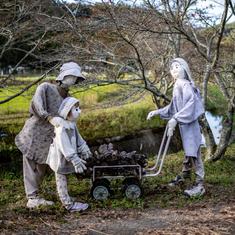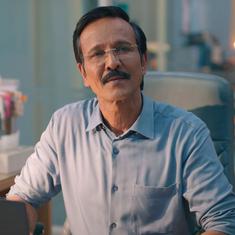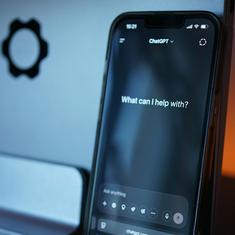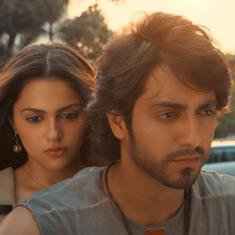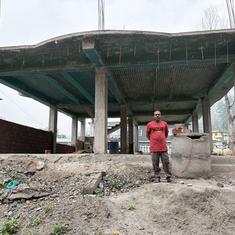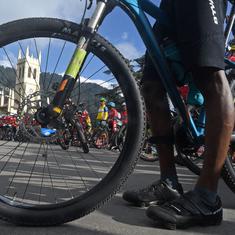On the evening of May 31, a pride march was flagged off from the gates of The Lalit Hotel in Delhi.
For many who participants, it was more than a celebration – it was about claiming space, sometimes for the first time.
“I was scared to come here,” said Nawang, 30, who travelled alone from Darjeeling after seeing an event flyer on Instagram. “I didn’t know if I’d fit in. But when I saw others walking too, it gave me courage.”
For some, it was their first time being out in public. For others, it was a rare day of safety and affirmation. The short march was a much longer emotional journey.

There were hugs, selfies, flag-waving, and quiet moments. Some met friends they had only spoken to online. Others walked silently at the back, gathering courage for the next step, coming out to themselves or someone else.
That courage of simply showing up still defines Pride for much of queer India.

“Pride is a luxury where I come from,” said Rubiee, a trans college student from western Uttar Pradesh. “It’s amazing to see queer joy in such a public, polished space. We get to feel safe here.”
For queer people from smaller towns, working-class backgrounds, or conservative families, even attending a public event can be a risk. “I left home pretending I had a college project,” said Priya, a 19-year-old student from Noida.

India’s relationship with the Pride March has evolved dramatically in the last two decades. The Kolkata Rainbow Pride Walk held in July 1999, was also South Asia’s first. A small protest of just 15 people has today grown into a movement with marches in over 50 cities.
In Delhi, when the first Queer Pride Parade was held in 2008, many participants wore masks or scarves to conceal their identities. Section 377 of the Indian Penal Code, which criminalised same-sex relations, was still in force and the fear of being outed was real and often life-altering.
The Supreme Court ruling in September 2018 reading down Section 377 marked a major legal shift, but social acceptance has been slower to follow.

In 2023, the Delhi Queer Pride Parade drew over 15,000 participants, one of its largest gatherings to date, in support of marriage equality and legal protections.
Visibility has not translated into lived widespread safety or equal rights – especially for sexual minorities like trans individuals and those facing religious and casteist oppression.
“There’s a version of Pride that’s very urban, English-speaking and Instagram-friendly,” said an activist at the walk. “But most queer people in India aren’t living that version.”



All photographs by Shivansh Srivastava.
Shivansh Srivastava is a photojournalist based in Delhi/NCR. His work primarily focuses on human rights, gender issues, societal dynamics, climate change, and environmental topics. His Instagram handle is shivsrivastv and his X handle is @srivastvshivans.
June is celebrated as Pride Month.


